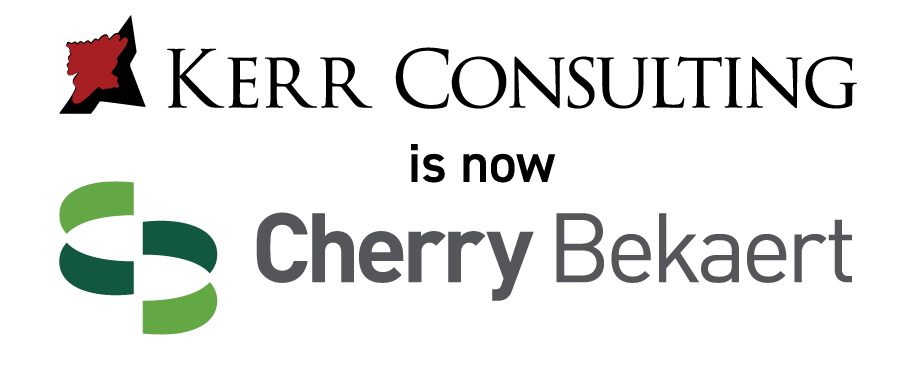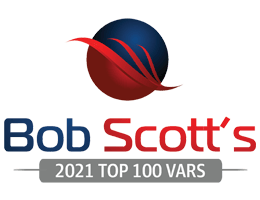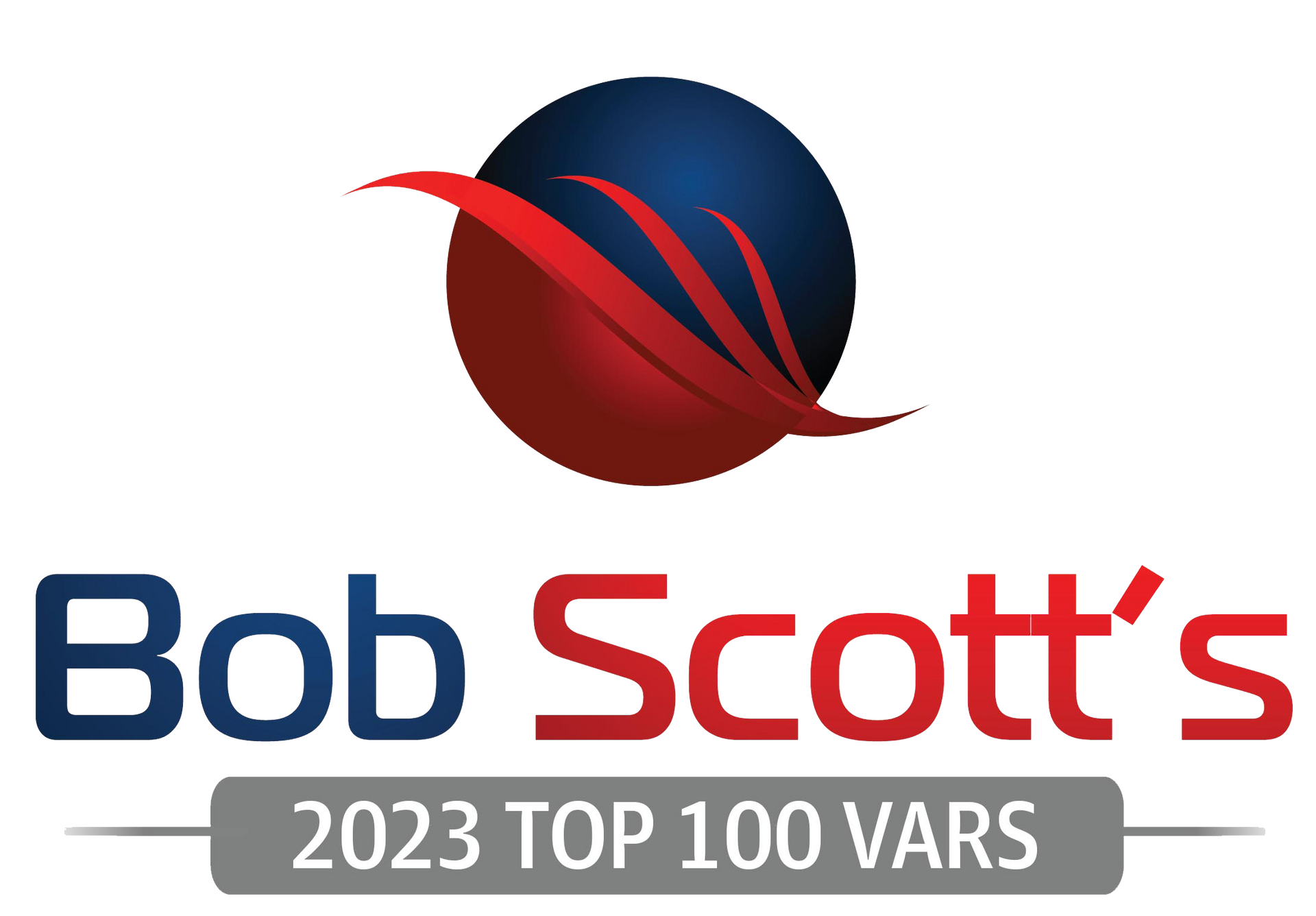SAGE FIXED ASSETS - DEPRECIATION
SAGE FIXED ASSETS - DEPRECIATION
A comprehensive fixed asset management solution designed to meet the needs of every size business and organization, whether you have 50 assets or many more.
With a comprehensive depreciation engine containing more than 300,000 IRS and GAAP rules, Sage Fixed Assets―Depreciation helps make managing the lifecycle of your company's fixed assets―from acquisition to disposal―fast, easy, and accurate. Sage Fixed Assets―Depreciation reduces the time and energy it takes to manually perform the necessary accounting procedures, allowing you to focus on other tasks. Sage Fixed Assets has budget-friendly versions to meet the specific needs of your organization―from single-user, multi-user, or Microsoft® SQL networks, to the number of assets in your organization. Sage Fixed Assets―Depreciation can be customized to work to meet the specific needs of any business process with user-definable fields, "Smart Lists," Asset Templates, and more.
What’s a Fixed Asset?
To truly understand what Sage Fixed Assets-Depreciation has to offer, you must know the ins and outs of fixed assets. We all know that there are different types of assets, but what sets them apart? Do you really need a specific software just for your fixed assets depreciation? If these are things you still have questions about, read on to learn more.
A fixed asset is something that a business owns and uses to generate income through its operations. They are long-term and must be tangible items. More specifically, a characteristic of a fixed asset is that it is not easily converted into cash. Instead, it should last, be used, or kept for at least one year.
Some fixed asset examples include:
- Buildings
- Land
- Computer Equipment
- Software
- Vehicles
- Machinery
Are Fixed Assets Current Assets?
When you compare fixed assets vs. current assets, you see that they mostly differ by their lifespan. In general, current assets are defined as short-term assets that a company uses up in one year. They also play a significant role in a business’s key daily operations. On the other hand, fixed assets last much longer, and because they usually have a useful life greater than one year, they become a permanent part of your business.
What are Fixed Assets in Accounting?
Fixed assets are ordinarily presented on the balance sheet for your company, and the IRS and GAAP have strict rules for handling them. Therefore, it is important to clearly label your items as fixed or current assets. Unfortunately, there are many grey areas when it comes to defining which of your assets may be considered fixed vs. current. Read on to learn more about how to categorize your business purchases:
Is Equipment a Fixed Asset?
Yes, whether you are talking about computer equipment or heavy machinery, any big-ticket items that you plan to keep for longer than a year may be classified as fixed assets. These pieces of equipment must be part of your operations, however.
Is Inventory a Fixed Asset?
Although fixed assets describe items that a business owns to generate revenue, inventory is not a fixed asset. Since the goal of inventory is to sell it for cash within the year it’s purchased, it must be classified as a current asset.
Is Goodwill a Fixed Asset?
In the case of goodwill, the classification gets complicated. While goodwill isn’t a tangible asset, it is long-term asset that can be measured in terms of money. There is no amortization involved, but it is one of the exceptions and should be treated as a fixed asset since it cannot be sold or transferred without the business in its entirety.
Fixed Asset Calculations
One of the biggest reasons that you need to understand fixed assets is because of the unique accounting processes they create. Not only do you need to be able to figure out their depreciation over time, but you also need to know the value of your net fixed assets.
Why?
These numbers give you a better picture of your company’s financial health. They also help you to keep track of the assets value in case you decide to sell it at some point.
How to Calculate Fixed Assets Depreciation?
Since all things, except land, depreciate over time, you need to learn how to calculate the depreciation of your fixed assets. While you can use a couple depreciation methods, all calculations must include an item’s useful life and salvage value.
Sage Fixed Assets-Depreciation makes it easy to calculate the depreciation of your business’s assets. You no longer have to rely on a fixed asset useful life table because the software handles the heavy lifting. Not to mention, it automates many other calculations and processes so that you can improve the accuracy of your records.
How to Calculate Net Fixed Assets?
The net fixed assets of your company are the remaining value of your fixed assets once you deduct the depreciation. That means you must calculate the total depreciation of all of your fixed assets from the time they were purchased. Then, you must subtract that amount from the total price of all of your assets at the time of purchase.
To simplify things, the net fixed assets formula is:
Gross Fixed Assets - Accumulated Depreciation = Net Fixed Assets
How to Calculate Fixed Asset Turnover?
Analysts measure your company’s operating performance using the fixed asset turnover ratio. What is fixed asset turnover? It is how well your business uses its fixed assets to generate sales. With a fixed asset turnover ratio formula, you can see how effectively you’re using your assets. The higher the ratio, the better!
You can calculate it using a simple fixed asset turnover formula:
Net Sales / Average Fixed Assets = Fixed Asset Turnover
Sage Fixed Software Management Benefits
When you invest in Sage Fixed Assets – Depreciation, you can simplify your fixed asset accounting. You no longer have to manually calculate depreciation, and you can forget about manually updating all of your fixed assets on balance sheet reports. Instead, you can focus on other critical business operations while Sage software automates:
- Depreciation Calculation Using 300,000+ US and Canadian Business Regulations
- Fixed Asset Inventory Tracking and Reconciliation with Innovative Barcode Readers
- Planning for Unforeseen Circumstances, Construction, and More
- Tax Calculations to Eliminate Overpayments
- Customized Reporting for Improved Business Decision-Making
Contact Kerr Consulting for More Info on Sage Fixed Assets - Depreciation
Would you like to learn more about how Sage Fixed Assets – Depreciation continues to help countless businesses like yours? Then, you should reach out to Kerr Consulting right away. We’ve served as a Sage preferred partner for years, so we know all about the software and its features.
You can schedule a consultation with a local office by giving us a call, or you can request more information through our simple online form. We even offer a convenient Live Chat window, so there’s no reason to put off contacting our technology solutions providers.
MICROSOFT SQL NETWORK/MORE THAN 10,000 ASSETS
STAND-ALONE/NETWORK/FEWER THAN 10,000 ASSETS
STAND-ALONE/FEWER THAN 1,000 ASSETS
Sage Fixed Assets―Lite Depreciation is the perfect choice for your growing business's fixed asset accounting needs. With asset templates to assist with entering asset data, and easy-to-use reporting functionality, you can perform tasks efficiently and accurately.





